Why in Kitakyushu?
09/18/2021 2024-06-20 16:03Why in Kitakyushu?
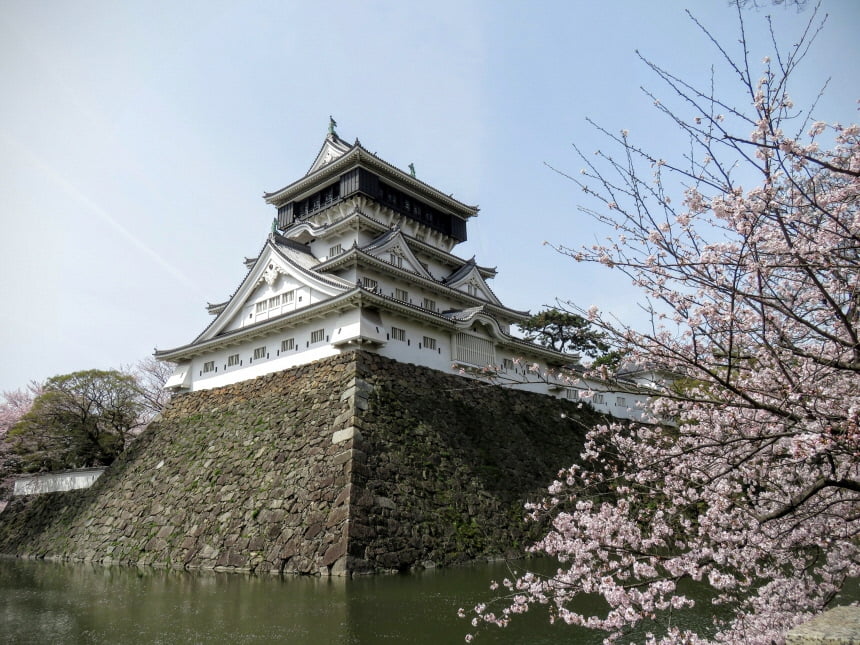
Why from a city
- 65% of the 169 targets underlying the 17 SDGs are related to the activities of local governments (OECD, 2018).
- The local governments are responsible for project implementations, thus they have a direct relationship with each SDGs (Kitakyushu City, 2018).
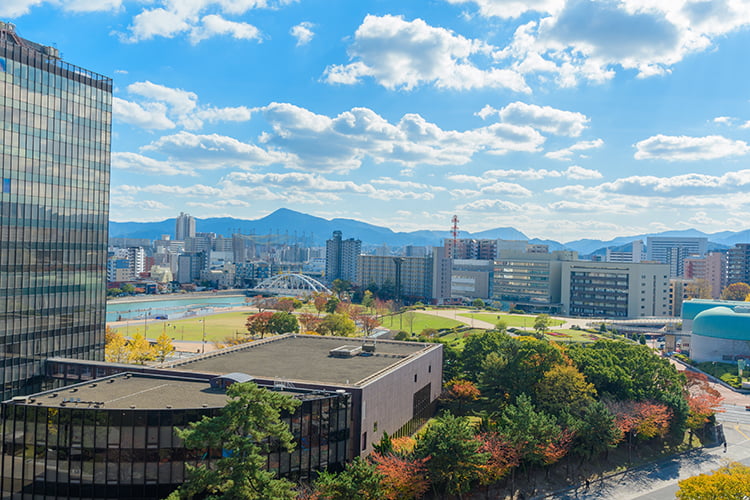
Why from Japan
- Japan was one of the 193 UN member states that adopted the SDGs at the UN Sustainable Development Summit in 2015.
- Japan established the SDGs Promotion Headquarters in 2016. The Headquarters released the “SDGs Action Plan 2018” in 2017 and its expanded version in 2018.
- In June 2018, Japan selected 29 municipalities to become “SDGs Future Cities”. 10 out of 29 are selected as the leading initiatives, which become “SDG Model Projects”.
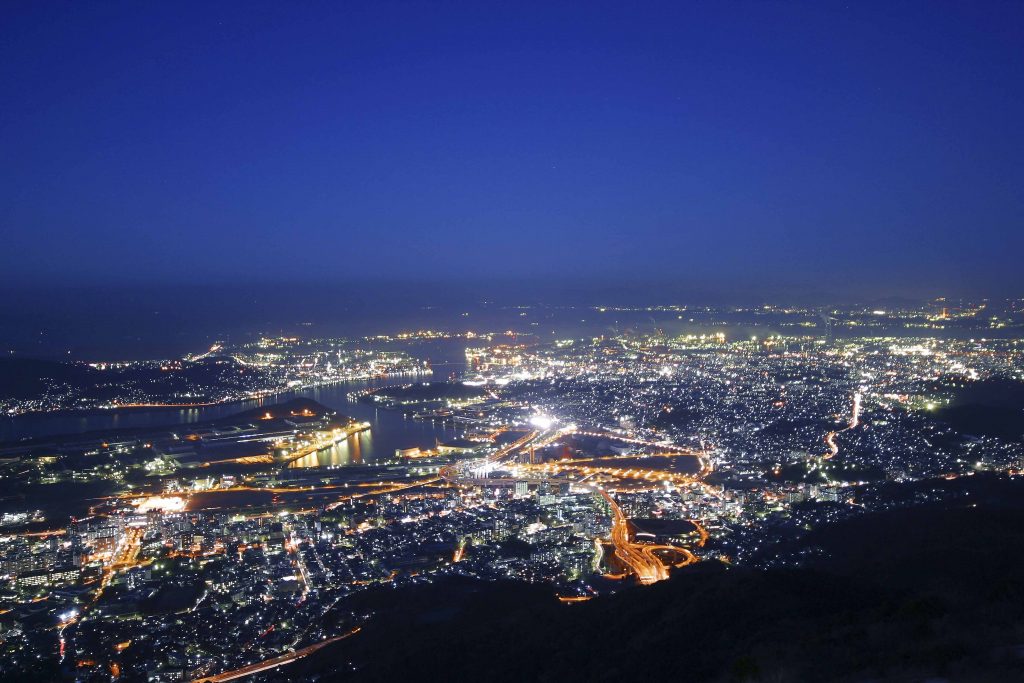
Why in Kitakyushu
- Kitakyushu is an industrial city in Japan which used to suffer from severe environmental pollution and has been successfully transformed into a leading environmentally-friendly city in the country.
- Kitakyushu is selected as the SDGs Model City of OECD.
- In 2018, Kitakyushu is selected as “SDGs Future City” with their proposal as “SDGs Model Project of Local Government” by Japanese central government.
- Kitakyushu received the Partnership Award (Special Award) on the 1st Japan SDGs Award in 2017.
- On Sustainable Cities’ survey by Nikkei in 2018, Kitakyushu was ranked 2nd in combining 3 pillars of environment, society, and economy, meanwhile it was at the top in the society division.
- 2/3 of the 17 goals in the SDGs are already engaged by Kitakyushu.
- In FY2017, about 69% of the whole of the city’s projects are related to the multiple goals of SDGs.
- Kitakyushu has established its SDGs Future City Promotion Headquarters, SDGs Council, and SDGs Club to involve multi-stakeholders in the actions.
- Kitakyushu has already incorporated SDGs in its revised Basic Environmental Plan in 2017 adding the subtitle as “Environmental Capital and SDGs Realization Plan” and has developed its own SDGs Future City Plan.
Kitakyushu's Eco-History
1901
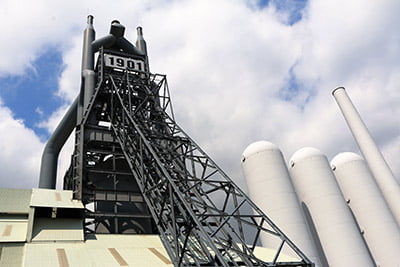
The operation of Japan’s first steelworks began and Kitakyushu prospered as a steel town.
(Photo: Higashida Blast Furnace No. 1 Historical Site Plaza)
1960
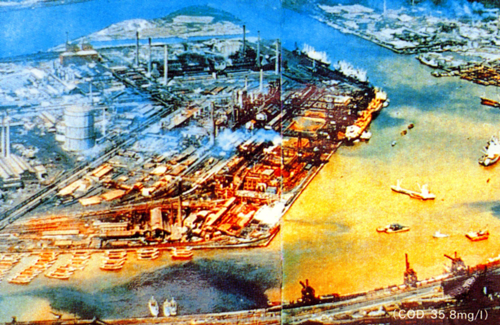
Kitakyushu faced serious pollution, causing “Sea of Death”.
1960-1980

Triggered by the movement of a women’s group, the citizens, universities, businesses, and the local government joined hands to improve environment, which brought new industries, such as assembly and recycling industries.
1980

Kitakyushu initiated the international environmental cooperation activity with Dalian City, China.
1990

The city won the Global 500 Award from the United Nations Environment Programme and Local Government Honours at the Earth Summit in 1992.
2004

Kitakyushu set up the Grand Design for the World Capital of Sustainable Development.
2011

Kitakyushu has also been selected by the Japanese government as a Future City, which integrates the environment, society, and economy.
Kitakyushu's Priority Goals & Targets
SDGs 3. Good Health and Well-being - Target 3.d
SDGs 4. Quality Education - Target 4.7
SDG 5. Gender Equality - Target 5.5
SDG 7. Affordable & Clean Energy - Target 7.2 and 7.a
SDG 8. Decent Work and Economic Growth - Target 8.2
SDG 9. Industry, Innovation & Infrastructure - Target 9.4
SDGs 11. Sustainable Cities and Communities - Target 11.3 and 11.6
SDG 12. Responsible Consumption & Production - Target 12.5
SDG 13. Climate Action - Target 13.1, 13.2, and 13.3
Source: Kitakyushu City Plan for the SDGs FutureCity (the 2nd edition, March 2021)

